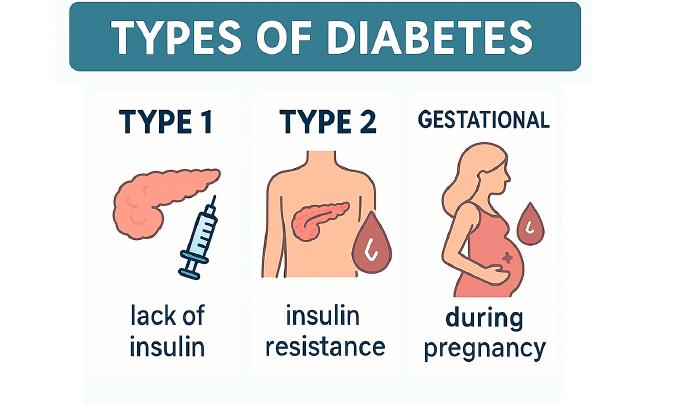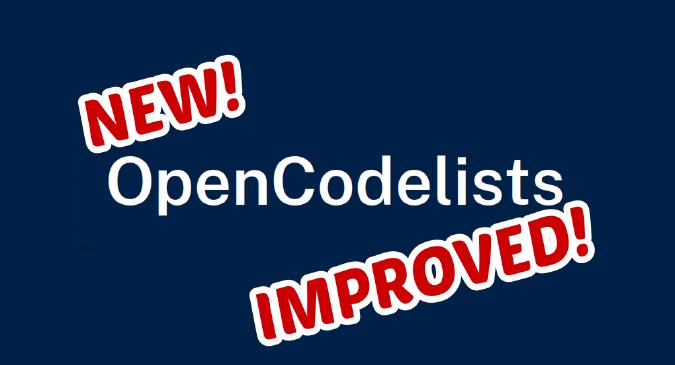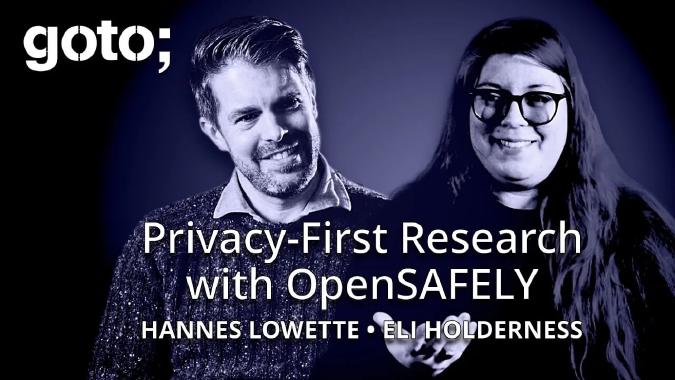
Secure analytics platform for NHS electronic health records
OpenSAFELY delivers research across over 58 million people's health records, always respecting patient confidentiality
Better research, improved patient confidentiality
Why OpenSAFELY?OpenSAFELY is a highly secure, transparent, open-source software platform for analysis of electronic health records data. All platform activity is publicly logged. All software for data management and analysis is shared, automatically and openly, for scientific review and efficient re-use.
Protecting privacy
We never let researchers download patient data, and OpenSAFELY tools let users to write code to analyse patient data without even needing to view the raw records.
Auditable by the public
It is a privilege to use patient data for the public good. OpenSAFELY respects patients by carefully considering this in every part of its design.
Better, open science
OpenSAFELY requires publication of all analytic code, and our tools drive all users to produce prespecified, reusable, testable, shareable and modular software for research.
Enabling high volumes of research
Over 60 published research outputs to date, with many more in progress.

OpenSAFELY is revolutionising the way we work with health data. The initiative has already delivered major contributions to public health during the COVID-19 pandemic. But OpenSAFELY also leads the way in terms of transparency, open working methods, and a uniquely secure data access model.
Ready to learn more? Get started within an hour
Open for research
We are currently working with NHS England to cautiously on-board a small number of external pilot users to develop their analyses on OpenSAFELY. This first wave of pilot users will be collaborators, working closely alongside us to co-develop the platform.
Read about our pilot onboarding processPython, R and Stata
Choose any of these languages to write your analytic code
Primary care data
Our deployment for NHS England uses primary care data to research questions related to the Covid-19 emergency
A commitment to open ways of working
We believe transparency and open working methods are key to earning public trust and improving research quality
Latest from the blog

OpenSAFELY and the Co-produced Development of the Digital Critical Friend (DCF) Public Advisory Group model
The journey of public involvement in OpenSAFELY. The OpenSAFELY Digital Critical Friend group, from conception to becoming foundational for OpenSAFELY, is a testament to the power of effective public involvement in digital health.

OpenSAFELY at the National Patient Data Day in Leeds
On the 24th June 2025, OpenSAFELY had the privilege of running a booth at the National Patient Data Day in Leeds!

We're launching new community events
Office hours, coding meetups and more! Come and talk to other OpenSAFELY users.

Introducing ‘diabetes-algo’ - A reusable action for OpenSAFELY users
Together with collaborators in Bristol and at the Bennett Institute, we created a reusable action called ‘diabetes-algo’. Here is what it does.

Recent updates to OpenCodelists
Our tech team has been making improvements to OpenCodelists! What’s new?

Privacy-first research with OpenSAFELY: A video interview for GOTO Unscripted
In January 2025, Eli (our Research Software Advocate) sat down for an interview chat with Hannes Lowette and discussed all things OpenSAFELY.




